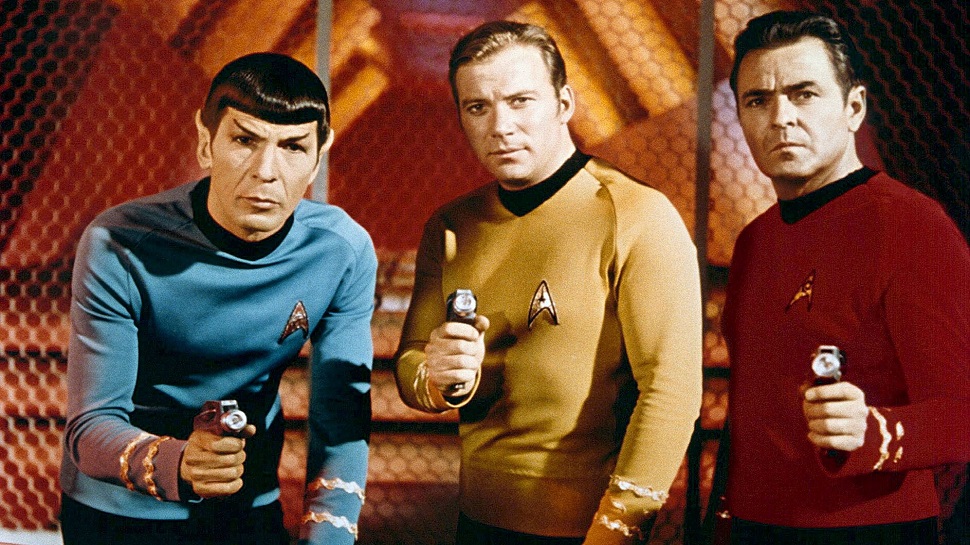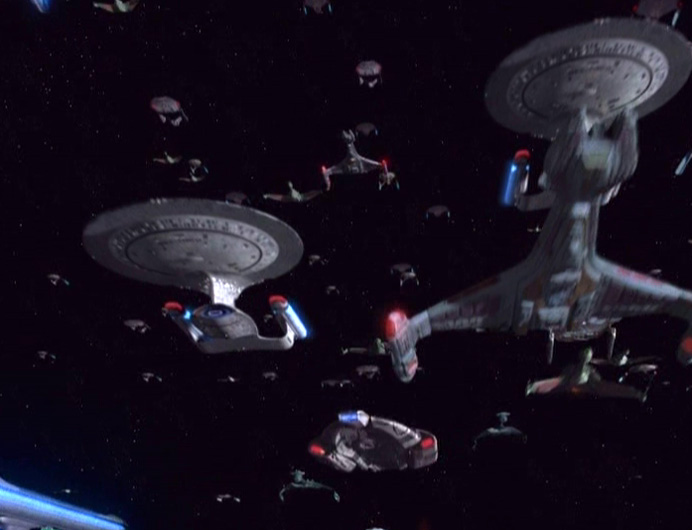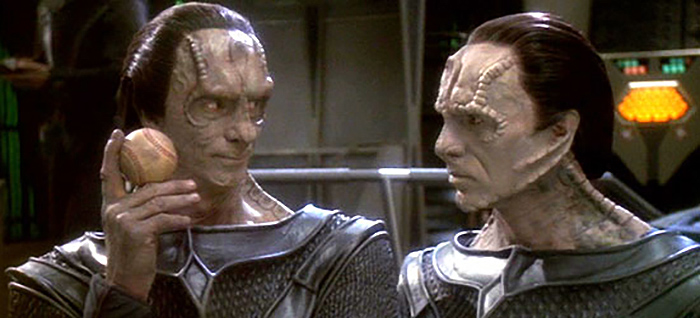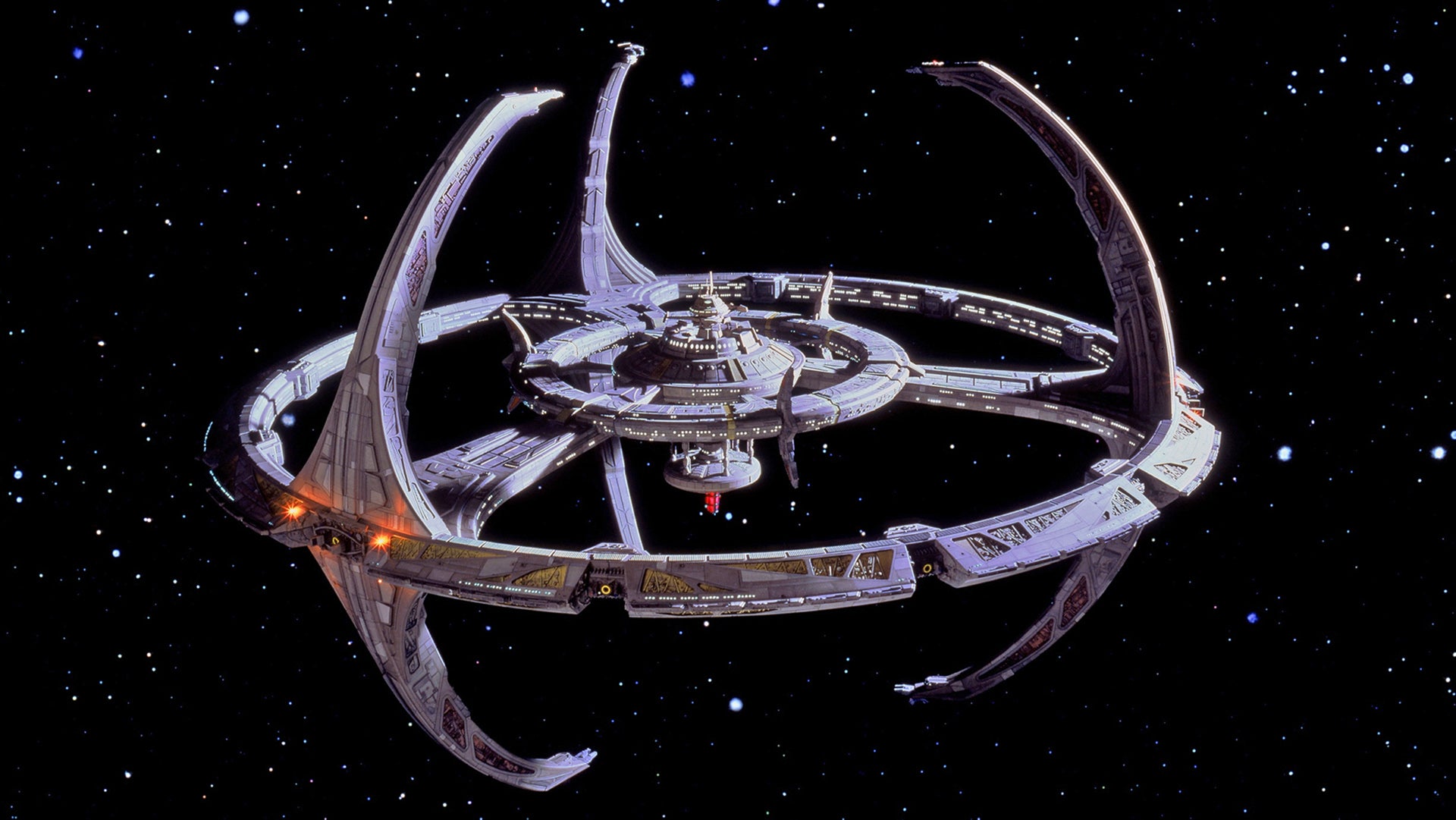“Star Trek” celebrates its 50th anniversary this week. You probably won’t be surprised to hear that Gene Roddenberry’s wonderful creation has had a massive impact on my life. I’ve seen every minute ever produced—roughly 600 hours—and many of those minutes many times over.
Although the franchise is best known for its brilliant use of science and technology, social reflection, and study of the human condition, parts of it have also been about military topics. Not only does this include tactics and strategy, but also the human toll that goes along with warfare.

Every Star Trek series, and some of the films (Undiscovered Country, First Contact) have had fantastic takes on topics related to warfare and foreign relations. The original series started this trend (Taste of Armageddon, A Private Little War, The Ultimate Computer, Balance Of Terror) and The Next Generation built on it with some real gems of its own which dealt with the subject in incredibly thoughtful ways (The Wounded, Chain of Command, Darmok, Pegasus, The High Ground, The First Duty). EvenVoyager had some winning episodes (Year In Hell, Scorpion) when it came to approaching the concept of war. But to this very day I remain in awe of what Deep Space Nine accomplished—and when it accomplished it.
The series ran from 1993 to 1999, ending years before the terror attacks on 9/11 and the massive changes at home and abroad that followed. Yet somehow, the show explored the issues of terrorism, occupation, torture, religious persecution, the terrible burdens of command, duty, extreme surveillance, and even PTSD long before these issues were catapulted into America’s collective consciousness. What makes this even more amazing is that, by approaching these subjects outside the emotion surrounding 9/11 or the wars that followed, a far more authentic commentary could be put forward, one that was unfettered by writing that simply tried to emulate the headlines.

What made DS9 even better is that it allowed serial storytelling to take precedence over the procedural-dominated style of the first two series in the Star Trek franchise. This allowed for far deeper character development, as well as an overarching plot that saw Starfleet march into a horrific war. Some called it “darker” Trek, but really it was just more realistic, and relatable. The same core values were there, but the struggle to uphold those values, or the reasoning for abandoning them, was far more evident.
The show picks up after a long and ugly occupation of an allied planet by a militaristic alien race. The Federation is a fish out of water, trying to bring their high values to a war-torn planet and an alien space station located on edge of the Alpha Quadrant. What follows is a seven year saga, the last half of which was dominated by a brutal war in space that was awesomely depicted at a time when digital effects were still largely the realm of the silver screen.

It was if the writers had a crystal ball showing what was to come, and the acting was exceptionally strong. Bolstered by solid talent, DS9 featured some of the most complex characters to grace the small screen (Garak, Gul Dukat, or Quark anyone?). The show thrived when it explored the gray areas of morality, the burdens of command, and the stark realities of war in which the heroes don’t always come out on top.

The show really is greater than the sum of its parts when watched as a whole, and there is a lot going on in every episode, but at least the episodes below that address topics related to war will get you hooked. The crazy thing is, these are more relevant today than they were 20 years ago.
Valiant
Hard Time
Waltz
The Siege of AR-558.
Nor The Battle To The Strong
It’s Only A Paper Moon
Homefront/Paradise Lost
Necessary evil
Inquisition
Inter Arma Enim Silent Leges
Finally, two of the finest hours of television ever created and contenders for the best Star Trek episodes of all time, Duet (clip one) and In The Pale Moonlight (clip two):



